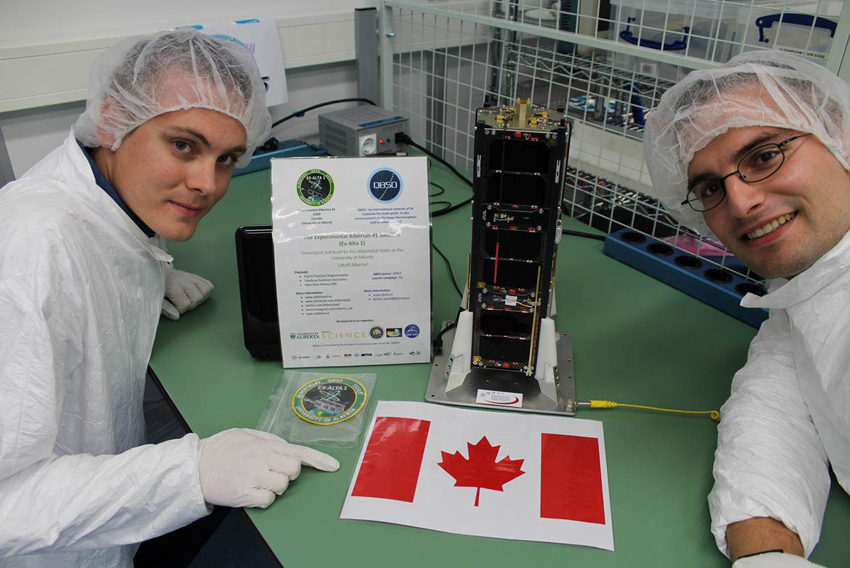New Trends in Satellite Tech
The global satellite market is growing and expected to reach $4.9 Billion by 2027. Satellites are becoming smaller with improved sensors, battery technology, propulsion systems, materials and electronics which have increased satellite performance. Satellite manufacturing is being modernized and streamlined with automation, robotics and 3D printing.
Small sats and CubeSats have reduce costs and problems with getting to space because of smaller size and less weight. Companies like SpaceX have also reduced the cost to orbit through successful launches of their Falcon space rocket.
CubeSats have various optical and electronic systems that leverage principles such as refraction, total internal reflection, and lens usage—concepts discussed in my science class.
Optical components, such as the lenses in CubeSats’ cameras, utilize refraction to focus light crucial for capturing clear space images. These satellites also use lenses to focus light on sensors, applying the thin lens equation to optimize image clarity. Students from the University of Alberta received funding from the Canadian Space Agency to build a CubeSat.

References:
New Space Economy. (2023, November 2). Trends in Satellite Technology: A Quick Overview. New Space Economy. https://newspaceeconomy.ca/2023/11/02/trends-in-satellite-technology-a-quick-overview/
Canadian Space Agency. (n.d.). What is a CubeSat? ASC-CSA. Retrieved from https://www.asc-csa.gc.ca/eng/satellites/cubesat/what-is-a-cubesat.asp